New MH370 Evidence: What it Means [S2Ep40 video]
Lepas barnacles serve as a natural timer, but the data needs decoding first
Two episodes ago, I revealed that with the help of two volunteers on the island of Zanzibar I had been able to retrieve the first data showing how Lepas anatifera barnacles grow out on the open sea in the western Indian Ocean, where debris from MH370 was collected. In order to understand what this could tell us about the debris’ origin, I needed to measure the barnacles — more than 700 of them! — and perform a rudimentary statistical analysis. Today I present the results of that analysis. I think they go a long way towards resolving the myster of the missing plane.
Now, the picture that’s emerging is quite at odds with the widely accepted common-sense view of the case, so I’d like to start by presenting a kind of parable that I think offers a useful way of thinking about the case. It goes like this:
A plane vanishes into the night.
A cryptic clue appears, and when it’s deciphered, it indicates that the plane flew into a remote patch of ocean. It’s the only piece of evidence about what happened to the plane.
Fifteen months later a piece of debris is found on an island’s shore, on the other side of the ocean, 3,000 miles away.
The official nvestigators say, “Okay, finally, here’s the confirmation we’ve been hoping for. Now we can say for sure that the plane really did go into the ocean.”
Okay, here comes a twist. Imagine that when the investigators examine the piece more closely they find that when the airplane’s manufacturer built this piece, it included a timing device that was designed to start running whenever the piece was immersed in water. So this timer has been running ever since it went into the ocean.
Now, here’s the hypothetical question: would you think the investigators might want to look at the timer?
Personally, I imagine that they would, because why not?
But now, let’s imagine another layer of difficulty. Let’s say that the manufacturer designed the timer in a special way, so that instead of reading out the time like a regular clock it would present it in a code, like hexadecimal or something. So now in order to understand the numbers, investigators will have to do an extra amount of work. They’ll have to go dig into the engineering files and use a certain amount of math to figure it out what the timer was saying.
Now, maybe the investigators would think, “What’s the point? We know when the plane disappeared, we know when this piece it came ashore, there’s nothing this timer can tell us that we don’t already know.”
So maybe they’ll figure it’s not worth their time to go through all that pointless effort. So they’ll just let it go.
Now imagine that someone says, “Hey, you know, I’m curious. Maybe there’s no reason to have any expectations but, since we’ve got a mystery on our hands, might as well look at every possible clue we can.” So he digs into the documentation, figures out the code, and deciphers the timer’s readout.
And what he finds is quite contrary to expectations. The timer says that the object was floating in the ocean for three months. Not 15 months, three.
What do we make of this? How could we explain this? I’d like you to stop and think about this puzzle for just a second. How is it possible to explain that a timer could say that the piece was only in the water for three months, when the plane disappeared 15 months ago? (For the purposes of this experiment, let’s assume that the timer functions as designed and hasn’t broken or been hacked.)
All right, let’s break this down. As you probably already noticed, this parable isn’t really much of a parable; it’s close to a description of what acutally happened, except that the timer wasn’t a device that Boeing installed in the flaperon, but rather the population of Lepas that started growing on it within the first week of it being in the water. If Lepas barnacles grow at a steady rate, as they’re believed to do, then the size of those barnacles should tell use how long the flaperon was in the ocean.
But like the timer in the parable, when the flaperon came ashore scientists didn’t know how to read the timer. They didn’t have any about how Lepas grow on free-floating objects. The little bit of research that had been published on Lepas growth suggested that the barnacles were smaller and hence younger than you’d expect, but the evidence was pretty thin.
Now things are different, because we have that calibration data from the Zanzibar drifter that I discussed in Episode 38, and it allows us to really put an upper bound on long the flaperon could have been in the ocean.
When Global Drifter Buoy #2301816 was retreived by Josh and Arsheen this past June it had been in the water for 10 months. Over the last few weeks I’ve finally gotten around to measuring the more than 700 individual barnacles they collected and plotting them on a graph. It looks like this.
The distribution looked to me a bit like a bell curve, so I plotted a normal distribution on the data and it came out looking reasonably plausible:
I have no reason to think that these barnacles should follow a normal distribution, but empirically I think we can say it works pretty well, especially at the larger end, which is the part that give us the most information about how long the object has been in the water because these are the ones that presumably were there from the very early days.
The outlier at the far-right tail of the curve is the shell that was the longest of all of the specimens found; it’s 4.59 cm long:
There are a bunch more that are a little bit smaller but still longer than four centimeters, and then a ton that are beteen 3 and 4 and even more between 2 and 3, with the average barnacle being 2.43 cm long.
Historically, when researchers have been using Lepas size to gauge how long something has been floating, they’d tended to focus on how big the longest barnacle is. This makes sense because the biggest is probably oldest, and if size correlates with age that should be the one that tells how long the piece has been in the water.
The problem is that any given Lepas barnacles could disappear. They might get eaten, or die, or their shells might fall apart after they get collected, any one of which would make them impossible to measure. And if you lose that one biggest shell, all of a sudden your object doesn’t seem as old as it really is.
It seems to me that there’s potentially a way around this problem. If you take the totality of the population itself, that should tell you something about how long the object has been in the water, and it would be a more robust than relying on the length of the single biggest individual, because even if you lose the biggest barnacle or the biggest few barnacles, the shape of the histogram will remain much the same.
That could be really useful when characterizing different Lepas populations for the purpose of comparison.
As an example of what I’m talking about, let’s look at the Lepas population found on the flaperon when it came ashore on La Réunion in July, 2025.
According to a Lepas researcher who has had many dealings with the French investigators, all of the shells have been disposed of. They no longer exist. However some photographs were taken of collections of shells, and those images also included rulers, so it was possible to determine the size of some of the shells through photogrammatry, also some of them were described in the report submitted to the Malaysian crash investigation team.
So altogether what we have at this point is a subset of shells from the totality that once existed on the flaperon. When I measured them and plotted the results as a histogram this is what I got:
This is a much smaller data set, but as we can see that the shape of the histogram also fits not too badly with a bell curve.
So if we compare those two bell curves, we can an interesting result:
As you can see, the drifter buoy barnacles, shown here in blue, are significantly larger than the flaperon barnacles. The average is 2.43 cm rather than 2.12 cm. But the difference gets even bigger when you look at the right-hand tail of the curve.
A measurement that’s associated with so-colled “normal distributions” like this is the standard deviation, which tells you how wide the curve is. If we look at three standard deviations, we get an interesting comparison. For the flaperon, three standard deviations is 3.42 cm, which is not too far from the observed longest barnacle, which was 3.5 cm. And likewise, three standard deviations from the mean for the drifter buoy gives us 4.29 cm, which is a bit less than the 4.59 cm actually measured for the longest barnacle on the drifter.
All of which, I think, lends weight to the hypothesis that a population of Lepas barnacles can be compared statistically to give a robust and reliable indication of how long they’ve been growing.
In this case, the barnacles on the drifter buoy are known to have been growing for 10 months, so it’s reasonable to infer that the flaperon was floating for considerably less than that, perhaps for just the three months that I discussed in episode 38.
So let’s go back to the question I asked up top: How could we explain a timer that says that the piece was only in the water for three months, when the plane disappeared 15 months ago?
I think the answer can only be that the flaperon did not go into the water with the plane. And if that’s the case, that means that the plane did not go into the ocean either.
Now I know that this runs counter to some very deeply held beliefs about the plane, and people will struggle and squirm to avoid it.
I’ve gotten many, many comments suggesting that perhaps the flaperon was attached to the wreck and fell to the bottom of the ocean, then later floated to the surface. There are a lot of problems with this. For one thing, three months is not enough time to float 3000 miles. And even bigger problem is that anything that falls to the bottom of a three-mile deep ocean is going to be crushed like a styrofoam cup and is never going to float again.
Another idea that people have proposed is that the flaperon was attached to something else that held it out of the water for a year, and only after it broke off did it start to be colonized by Lepas. The problem here is that the thing the flaperon is connected to is the wing, and it’s only held on by a set of metal arms, so if it’s been through an impact so violent that it rips the back third off, it’s not really credible to imagine that those two metal arms would stay intact, only to spontaneously break a year later.
There is one objection that I think has merit and which I plan to investigate further, and this is that maybe Lepas don’t grow in as steady and predictable way as has been assumed. Maybe the drifter buoy that we collected in Zanzibar isn’t truly representative of how Lepas populations grow in the western Indian Ocean. Maybe sometimes they grow faster and sometimes they grow slower.
To really nail down the reliability of Lepas as a timing device in forensic investigations, we need to collect more Lepas populations with a known duration of immersion. And I’m continuing to try to do that with the help of a very good friend of the podcast, Rochelle Reynolds, who has been helping me keep an eye on the Drifter Buoy data that’s constantly updated by the National Oceanic and Atmospheric Administration. In fact as I speak there’s a buoy stuck on the reef at Aldabra in the outer islands of the Seychelles, there’s a team on the island from the Seychelles Island Foundation but the weather is rough, hopefully things will calm down and they’ll be able to grab it.
So, looking forward, let’s imagine that we do manage to get two or three or four more data sets from Drifter Buoys, and they all tell a consistent story, as I suspect they will.
At what point does the scientific community begin to accept that Lepas are a reliable timer of time of immersion, and when do they accept that this evidence undermines the mainstream narrative about MH370, namely that the plane had to have gone into the water?
Could the public consensus eventually come around to the idea that, yes, this evidence is solid and it tells us at long last what really happened to the missing plane?
I’d love to hear your thoughts.



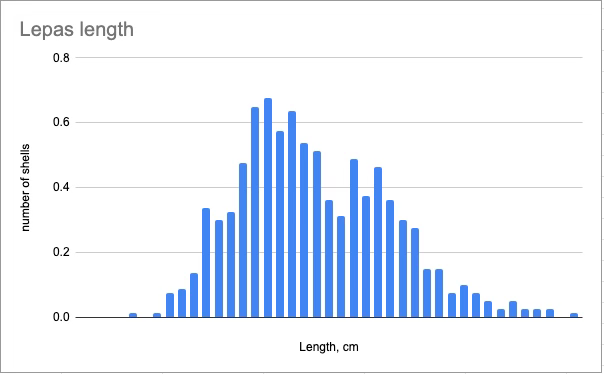
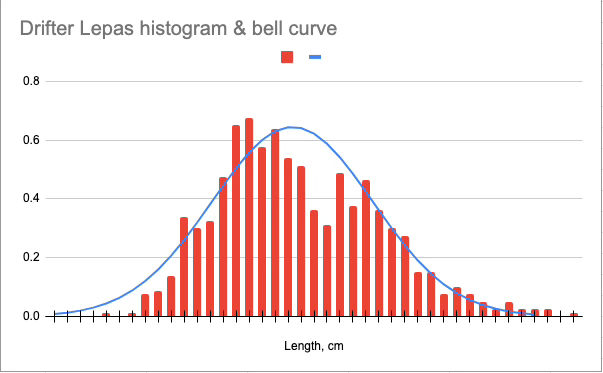
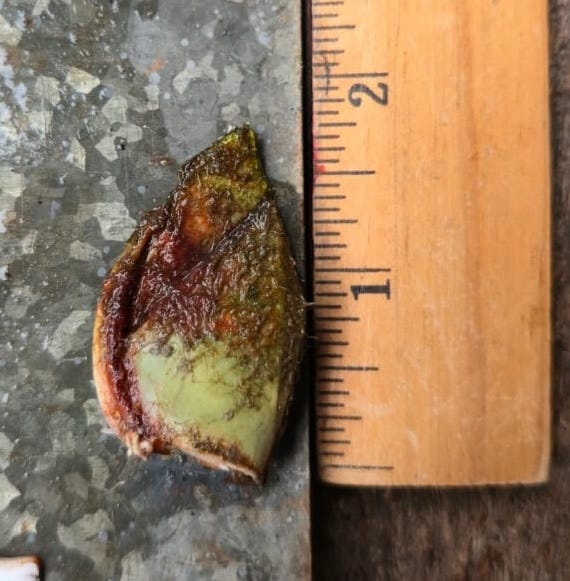
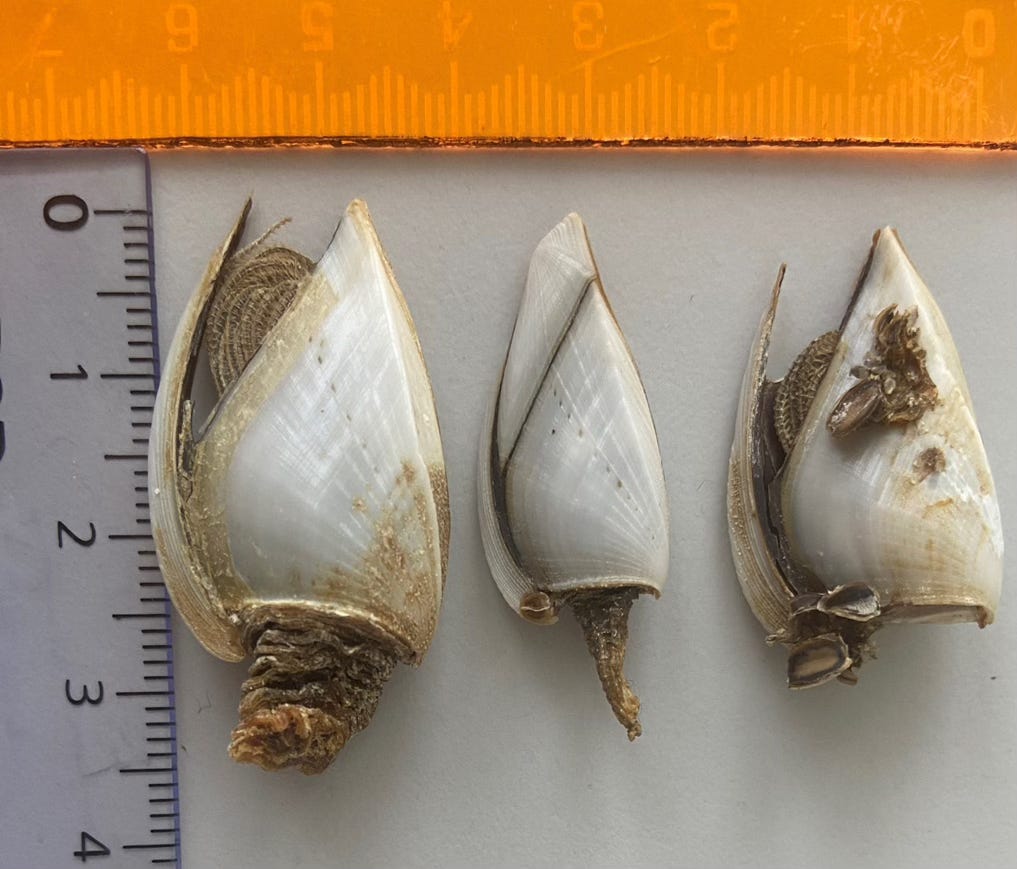
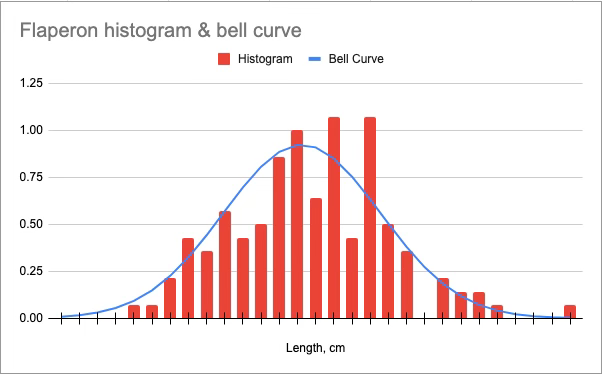

Amazing Jeff, keep investigating please.
Look, I love the reporting and respect the integrity you are bringing to these questions about whether the discovered piece of plane could really be part of the missing flight. But at this point, I worry that you are being deliberately evasive. You have demonstrated better than anyone that the discovered flaperon is inconsistent with a crash that occurred in March 2014. But now is the time to move past the barnacles and directly address the questions your own research raises: was the flaperon planted? By whom? How? When? How much of this was part of an elaborate distraction? Or was it a last minute effort to redirect focus? Who was in on this ruse? The superb research of your post make these questions inescapable (and you have partly addressed them in your book.). But now you must help us understand the central issue: why would someone place fake and misleading evidence in the middle of this story?